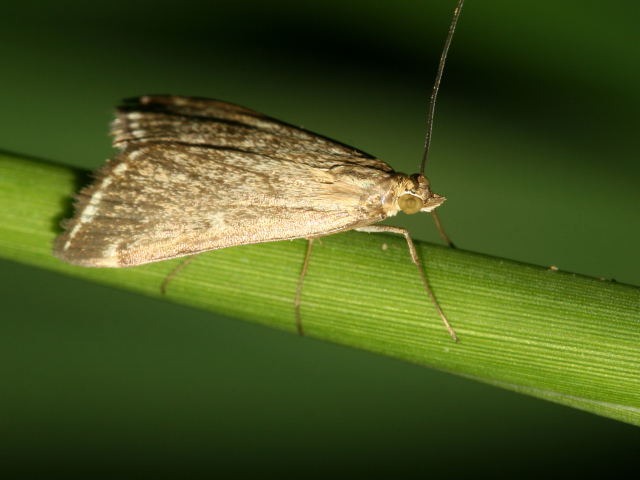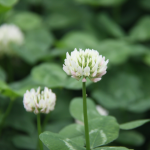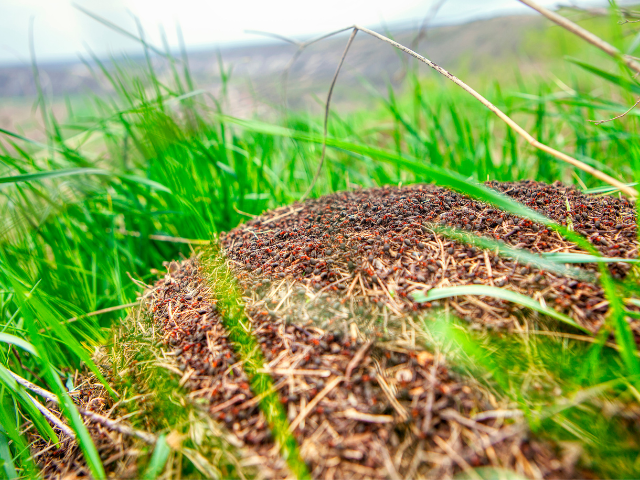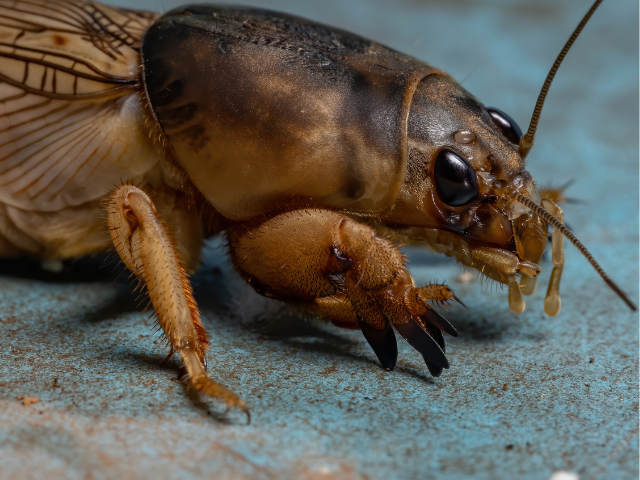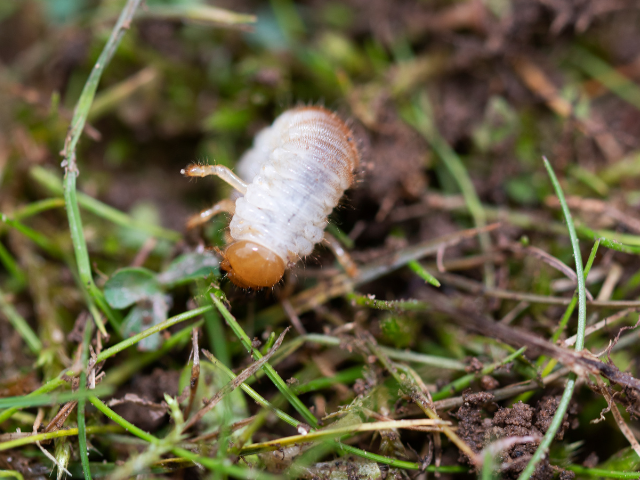If you have a lawn, you’ve probably seen evidence of sod webworms. These pests can cause a great deal of damage to your grass if left untreated. In this blog post, we will discuss the best ways to get rid of sod webworms and keep them from damaging your lawn!
Description of the Sod Webworm
The sod webworm is a small, brown moth that lays its eggs in the thatch of lawns. The larvae hatch from the eggs and feed on grass blades, which can cause extensive damage to your lawn. If you have ever seen bare patches of grass on your lawn, it is likely due to sod webworms.
Webworm Lawn Damage
Sod webworms cause damage to lawns by eating the grass blades. This can result in bare patches of ground, as well as browning and yellowing of the grass. The larvae are particularly fond of St. Augustinegrass, bermudagrass, and zoysiagrass; however, they will feed on most types of grass.
Sod Webworm’s Life Cycle
The life cycle of the sod webworm consists of four stages: egg, larva, pupa, and adult. The larvae are the damaging stage of the webworm’s life cycle, as they are the ones that feed on the grass. The eggs are laid in the thatch of lawns and hatch within a few days. The larvae then begin to feed on the grass and can do so for up to six weeks. Once they have finished feeding, the larvae spin cocoons in which they pupate. After about two weeks, the adults emerge from the cocoons and mate. The female then lays her eggs in the thatch of the lawn and the cycle begins anew.
How to Kill Sod Webworms
The best way to kill sod webworms is by using a product that contains the active ingredient Btk. This naturally occurring soil bacterium is deadly to sod webworms, but won’t harm people, pets, or beneficial insects. You can find products containing Btk at your local garden center or home improvement store. Be sure to follow the label instructions carefully, and apply the product when the sod webworms are actively feeding. This usually takes place in the evening hours.
If you have a serious infestation of sod webworms, you may need to resort to using an insecticide. Be sure to choose a product that is specifically labeled for use on lawns, and follow the label instructions carefully. Once again, you’ll want to apply the insecticide in the evening hours when the sod webworms are actively feeding.
When to Apply Sod Webworm Control
The best time to apply a sod webworm control is in the spring or early summer before the moths lay their eggs. If you wait until you see the damage caused by the larvae, it will be too late to prevent further infestation. By that time, the cycle of egg laying and hatching will have already begun, and you’ll be playing catch up for the rest of the season. So if you suspect you have a sod webworm problem, don’t wait to take action. A little prevention now will save you a lot of headaches later.
Sod Webworm Damage Repair
Once the damage has been done, you’ll need to repair your lawn. This usually involves raking up all the dead grass, as well as any loose thatch or soil. Once you’ve got a clean surface to work with, you can start reseeding. Be sure to use a high-quality seed mix that is designed for your specific climate.
If you live in an area with a lot of sod webworm activity, you may also want to consider installing a thatch barrier. This is a layer of fabric that is placed under the top layer of soil. It helps to prevent thatch from building up, and it also makes it harder for sod webworms to lay their eggs.
